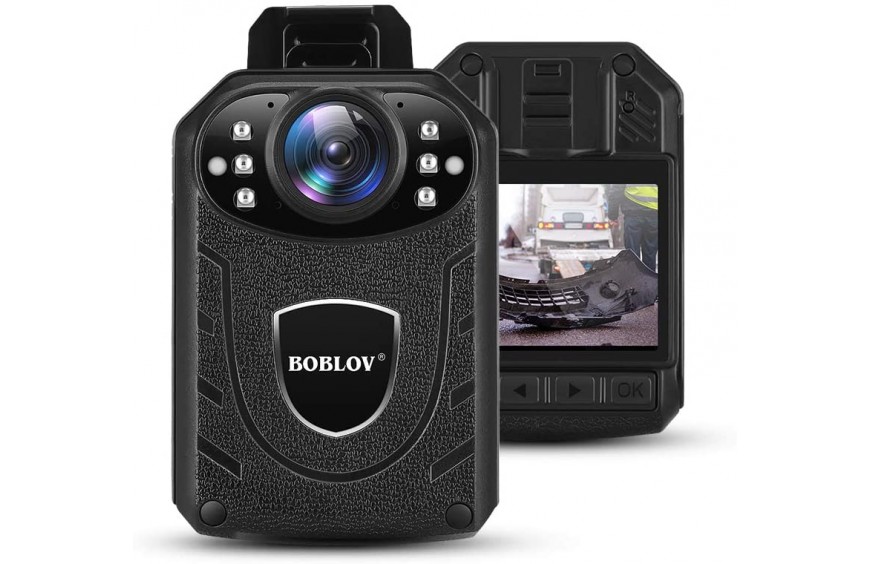When were Body Cameras Invented
Body cameras, a relatively recent development in law enforcement technology, have rapidly become an essential tool in the modern world. These compact, wearable devices were designed to record interactions between police and security officers and the public, providing a clear, unbiased record of events.
The invention of body cameras marked a significant turning point in surveillance technology and has sparked significant debate about privacy, accountability, and the public's right to know. This article will delve into the history and implications of these devices, starting with their inception.
2005
Body-worn video cameras first came under the media spotlight in the United Kingdom in 2005, when their testing commenced on a small scale by the Devon and Cornwall Police. By 2006, body-worn video (BWV) saw its first significant national deployment, executed by the Police Standards Unit (PSU) as part of the Domestic Violence Enforcement Campaign (DVEC).
Basic command units were equipped with head cameras that recorded the entirety of incidents from the time of arrival, preserving high-quality initial disclosure evidence from victims. This evidence was found to be particularly valuable in supporting prosecutions, even when victims were hesitant to testify or press charges.
2007
As the technology advanced, it was suggested that law enforcement should wait for successful trials and projects to conclude before investing in body-worn cameras (BWV). By July 2007, the Home Office began to advocate for the burgeoning industry, producing a document titled "Guidance for the Police use of Body Worn Cameras," based on the first national pilot of BWV in Plymouth.
Tony McNulty MP, the Minister of State for Security, Counter-Terrorism, and Police, wrote a foreword acknowledging the potential of BWV to significantly enhance the quality of evidence gathered by police officers. He noted that video recordings from the scene could capture compelling evidence that written statements could not. Even though BWV was initially lauded as a tool to boost the quality of evidence, its potential to prevent and deter crime began to be recognized.
Furthermore, the National Pilot for BWVs' final report revealed that complaints against officers using the cameras dropped to zero and the time spent on paperwork decreased by 22.4%, leading to a 9.2% rise in the time officers spent on patrol, equating to an additional 50 minutes in a 9-hour shift.
2008
After the national trial, Body-Worn Video (BWV) technology began to gain momentum in the UK. By 2008, it saw its use in parts of the Isle of Wight and the mainland by Hampshire Police. This marked the beginning of Chief Constable Andy Marsh's journey as the national leader for BWV. Early adopters of BWV in the UK also spearheaded the need to reassess the laws around its usage.
In 2009, the Security Industry Authority concluded that a CCTV license could be extended to include body camera use. They determined that reviewing footage from a body camera required a CCTV license, while operating a body camera for security activities necessitated a door supervisor or security guard license.
2010
In 2010, five years subsequent to the first Body Worn Video (BWV) venture, over 40 police areas in the UK, including Grampian Police, had implemented the use of body cameras. Grampian Police launched a trial in July 2010, which was then followed by the Paisley and Aberdeen body worn video project in 2011.
The project was deemed highly successful, with estimated annual savings of at least £400,000, attributed to increased public reassurance, reduced fear of crime in communities, increased early guilty pleas, quicker resolution of complaints about police or wardens, and decreased assaults on officers.
Following the conclusion of the Paisley and Aberdeen project, attention pivoted towards the digital back-end solutions for BWV. As the benefits of body cameras became more evident, the need for improvements to the digital infrastructure, such as robust central IT support for information gathering and monitoring, became a focal point of discussion.
Modern day
In today's world, the use of body cameras has significantly transcended beyond security personnel and law enforcement officers. The local police officer patrolling the neighborhood or the security guard at the local mall, both equipped with body cameras, have become a common sight. The usage, however, has not been confined to these fields alone.
Pet owners walking their dogs are now using body cameras to document any potential confrontations or conflicts. Home inspectors use them to provide a clear, unbiased record of the property's condition. Outdoor enthusiasts, such as hunters and fishers, utilize body cameras to record their experiences as well as ensure their safety. Runners and horse riders also arm themselves with these devices, documenting any incidents and protecting themselves from possible disputes.
This widespread use of body cameras serves to highlight their utility in not just professional, but also personal and recreational contexts.

Leave a Reply Cancel Reply